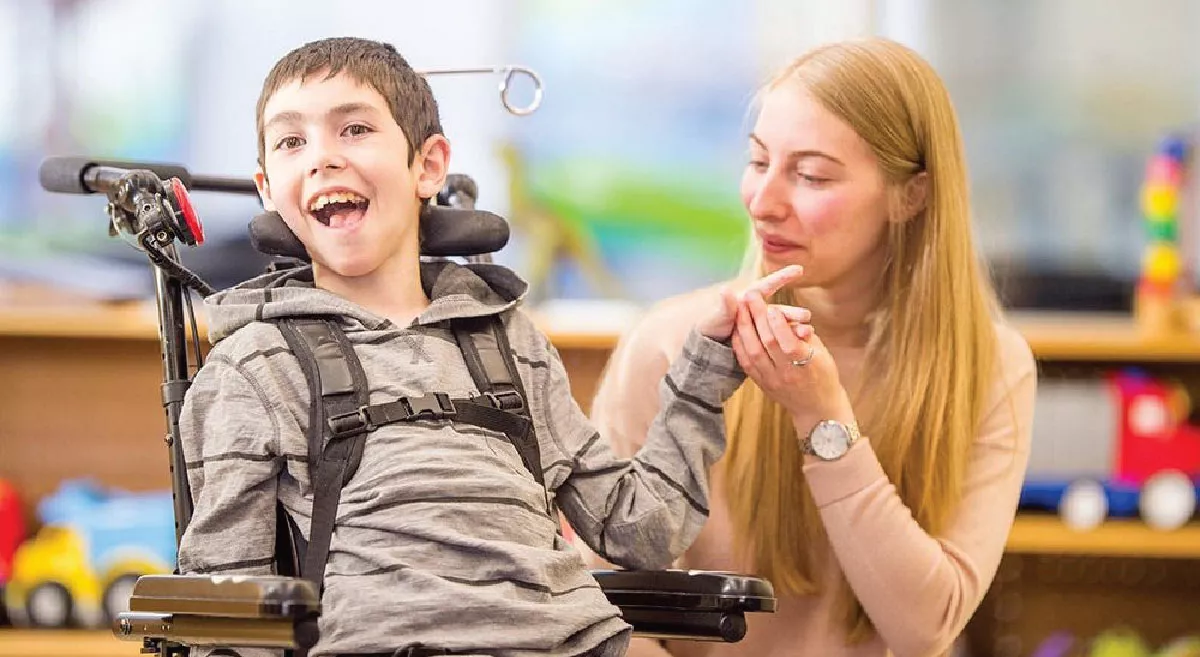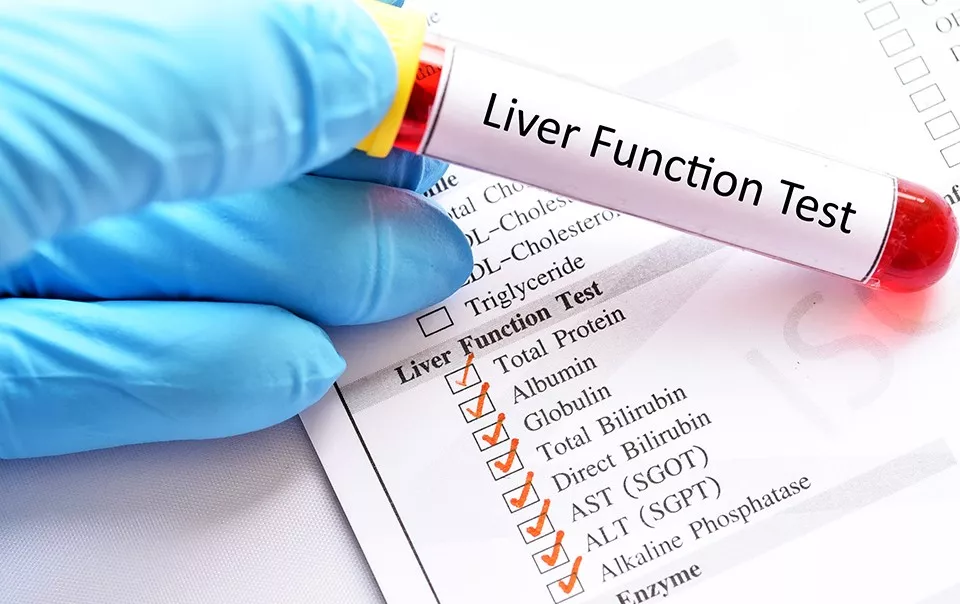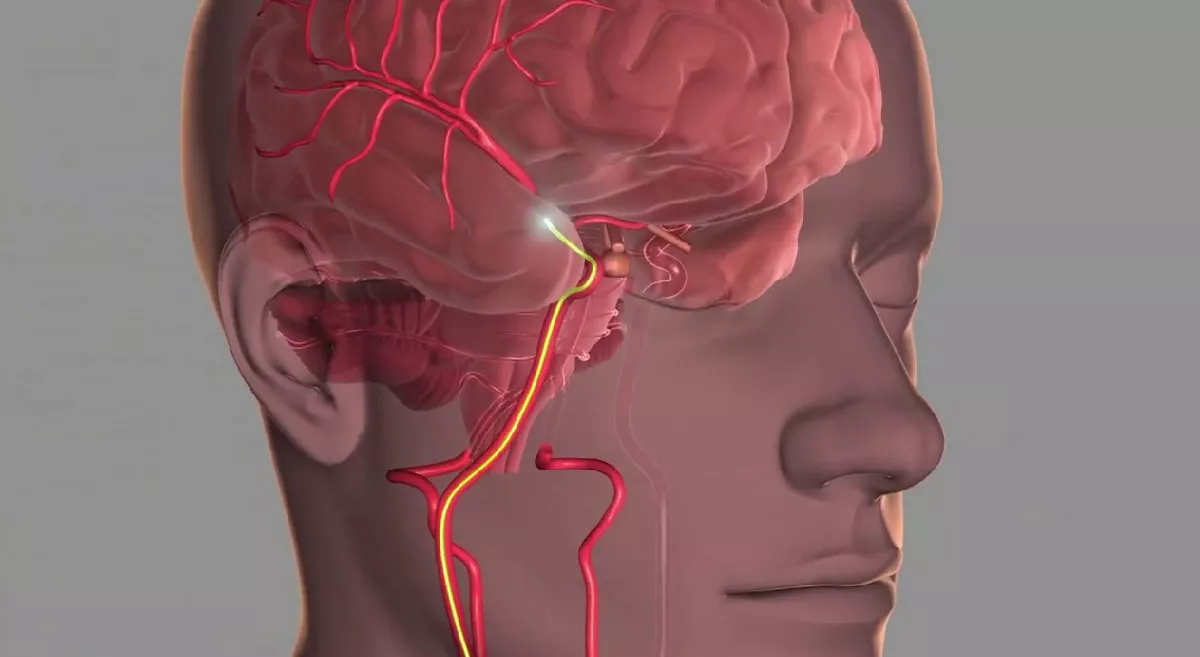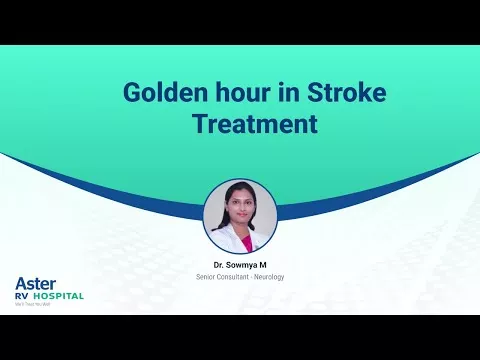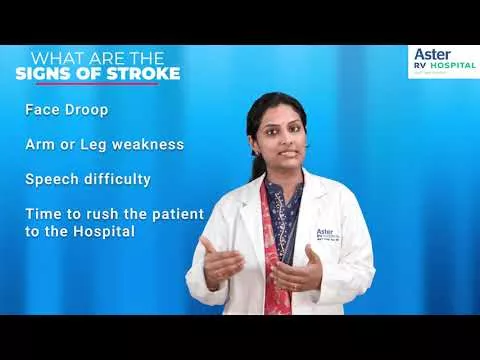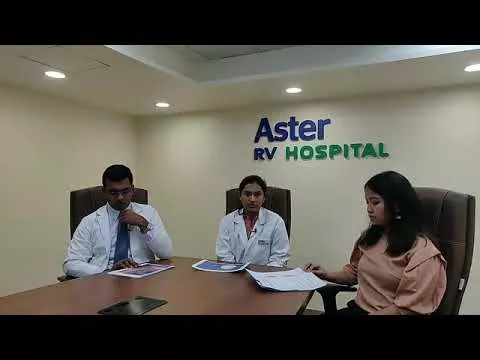What is Meningitis?
Meningitis means infection or inflammation of the covering of the brain. It can be sudden onset or long standing. Infectious causes are most common . Infectious causes include bacterial like Streptococcal, pneumococcal, meningococcal , hemophilus influenza, Tuberculosis, Viral causes like Herpes group, enterovirus, Arboviruses, fungal infections and Parasitic infections.
Symptoms
- Fever
- Headache
- Vomitings
- Altered sensorium
- Drowsiness & seizures.
Diagnosis is based on clinical information, examination findings like papilloedema, neck stiffness. Investigations are usually blood investigations, MRI brain with contrast, Lumbar puncture for CSF analysis where tests are available to identify the causative organism
Other complications are encephalopathy, cognitive impairment, tendency for seizure recurrence, visual loss, paralysis. It is crucial to increase awareness among general public to know the symptoms and seek appopriate and timely treatment to avoid complications and adverse outcomes.
What is Cerebral Palsy (CP)?
Cerebral Palsy (CP) is a neurological disorder caused by damage to the developing brain, leading to difficulties with movement, muscle tone, and posture. While the brain injury itself is non-progressive, symptoms can vary, from mild motor impairments to severe physical disabilities, and may evolve as the child grows. Raising awareness through public campaigns, storytelling, and community outreach is crucial for ensuring early diagnosis and intervention, which significantly improves outcomes.
Treatments
Treatments are as Occupational Therapy, Physical therapy, medications, and surgical interventions can enhance mobility and quality of life. Timely intervention is essential, as it helps prevent complications and enables individuals with CP to achieve greater independence and manage conditions associated with it. There is no cure though emphasizes that early treatment is the main mantra for celebral palsy. Timely intervention can be life-altering . While CP is not typically life-threatening, severe cases can lead to complications. By spreading awareness and supporting access to advanced treatments, we can make a lasting impact on the lives of those affected by CP.
Assistive technology, such as braces, walkers, and wheelchairs, plays a significant role in helping individuals with CP gain greater independence. Additionally, ongoing research into stem cell therapy and neuro regeneration offers promise for repairing brain injuries, though these treatments are still in experimental phases. Early diagnosis and timely intervention are crucial, as starting therapy early significantly improves motor function and helps prevent complications like joint deformities. Timely treatments also enable individuals with CP to reach their maximum potential for independence.
